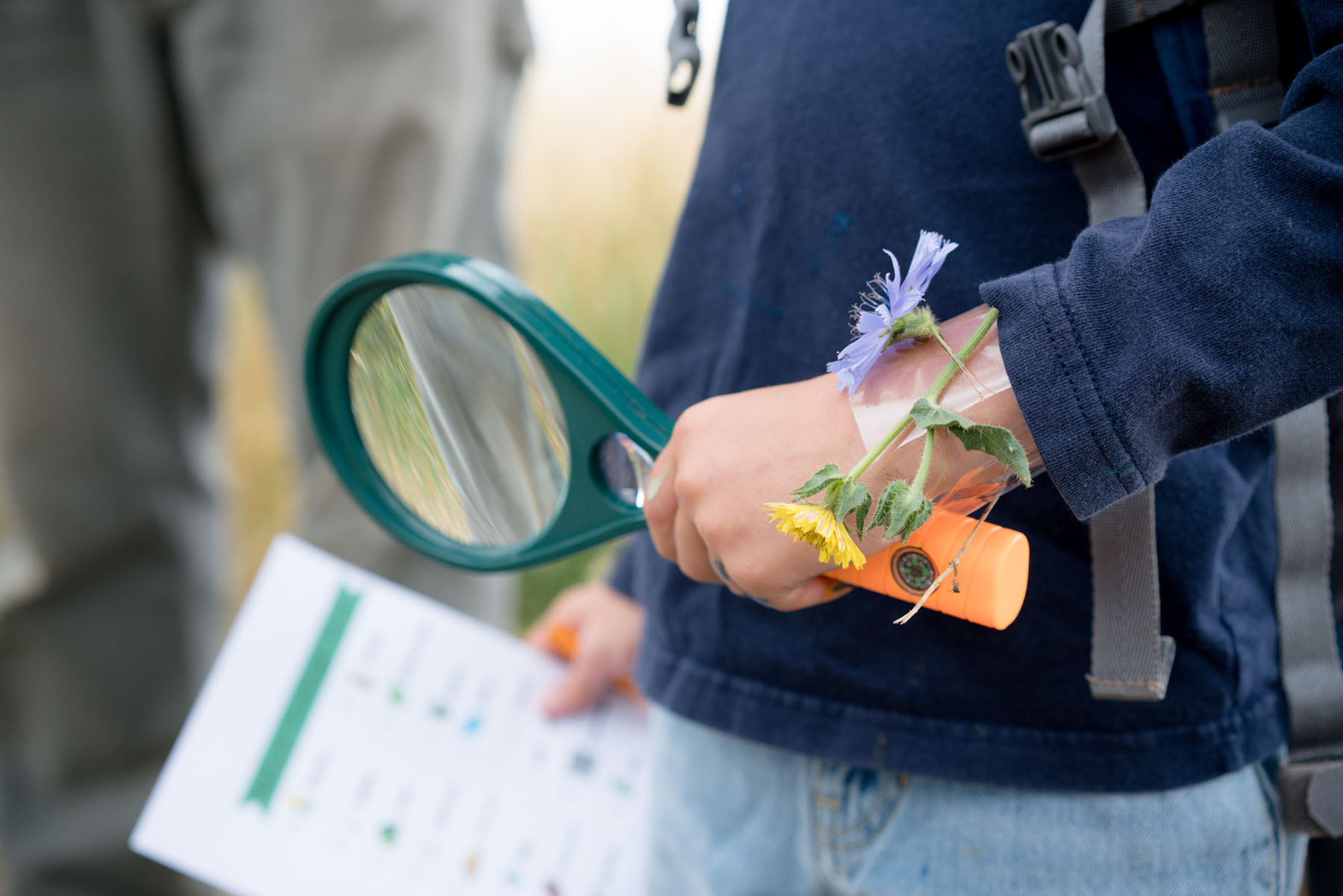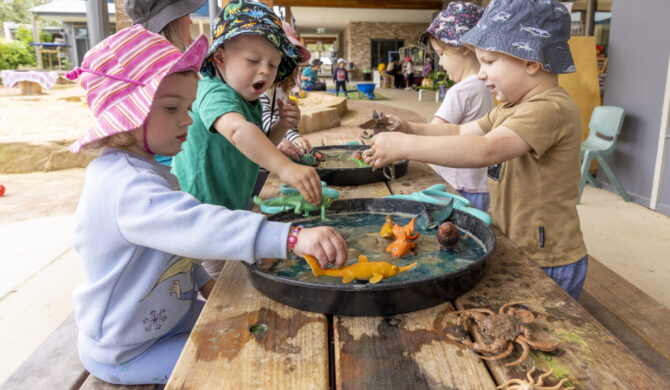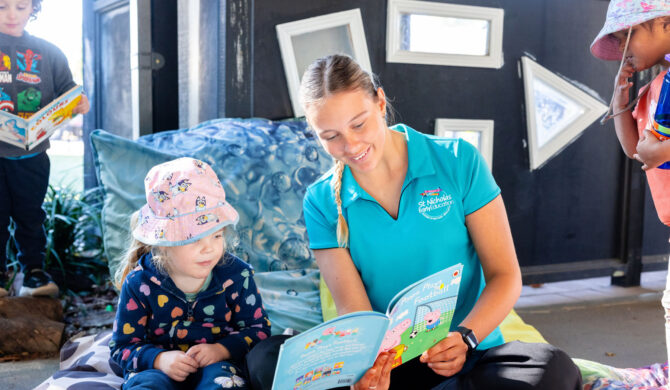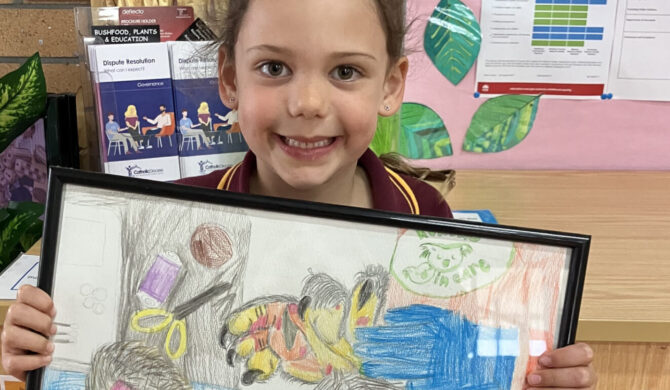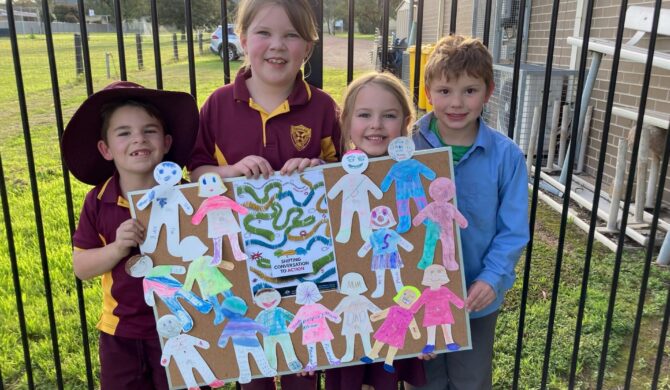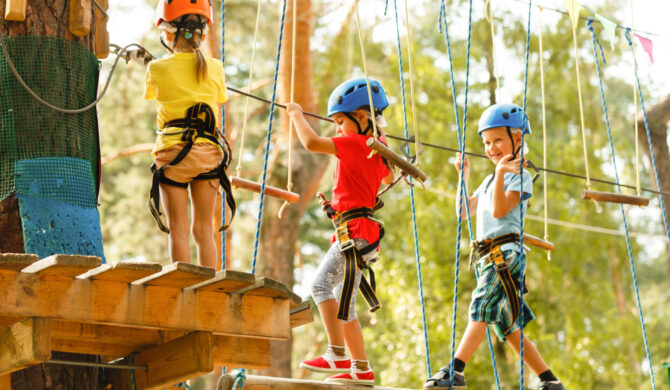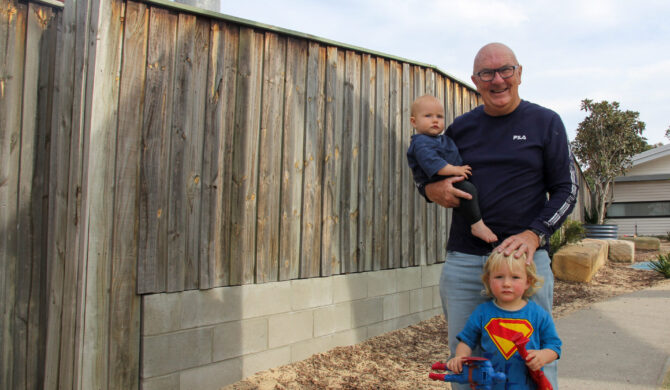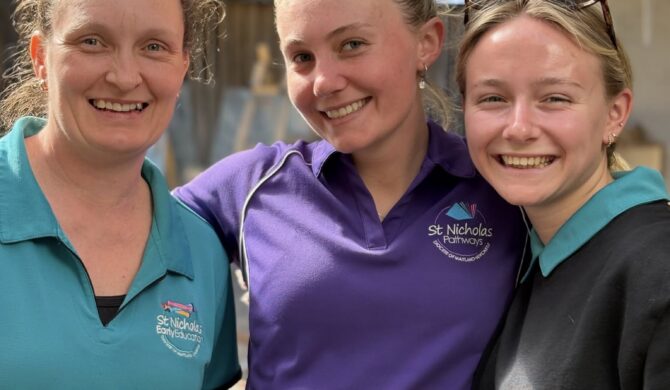By turning your regular walks with your children into a scavenger hunt, you can make the experience even more exciting and educational. Here’s how you can easily organise a nature walk scavenger hunt that your children will love.
Step 1: Plan your route
Choose a safe and accessible location for your nature walk. Parks, trails, or even your own neighborhood can be great spots for a scavenger hunt. Consider the age and abilities of your children when selecting the route, and ensure that the terrain is suitable for little feet.
Step 2: Create a scavenger hunt list
Before heading out, create a list of items for your children to find on the walk. Tailor the list to the environment you’ll be exploring. Here are some ideas:
- A feather
- A smooth rock
- A flower (bonus points for identifying the type!)
- A bird singing
- A leaf with a unique shape
- An insect crawling on the ground
- A tree with rough bark
- A squirrel or another small animal
For younger children, you can use pictures instead of words, making it easier for them to identify the items.
Step 3: Bring the essentials
To make your nature walk scavenger hunt enjoyable and stress-free, bring along a few essentials:
- A bag or basket: For collecting small, non-living items like rocks or leaves
- A notebook and crayons: Encourage your children to sketch or take rubbings of the items they find
- Water and snacks: Keep everyone hydrated and energised
- Weather-appropriate clothing: Ensure your kids are dressed for the weather, including hats, sunscreen, or jackets if needed.
Step 4: Set some ground rules
Before you start, explain any rules to your children. For example:
- Respect nature by not disturbing living plants or animals.
- Stay on the path and close to the group.
- Only collect items that are safe to pick up.
These rules will help keep the scavenger hunt fun and safe for everyone.
Step 5: Start the adventure
Now it’s time for the fun part! As you walk, encourage your children to keep their eyes open for the items on the list. Celebrate each find, and take time to discuss what you discover. Ask questions like, “What do you think this animal eats?” or “Why do you think this leaf is shaped this way?” to spark curiosity and learning.
Step 6: Reflect on the experience
After the walk, take a moment to reflect on the adventure. You can sit down together and talk about the items you found, what surprised you, and what you learned. If your children made drawings or took notes, you can use them to create a small scrapbook of the day.


